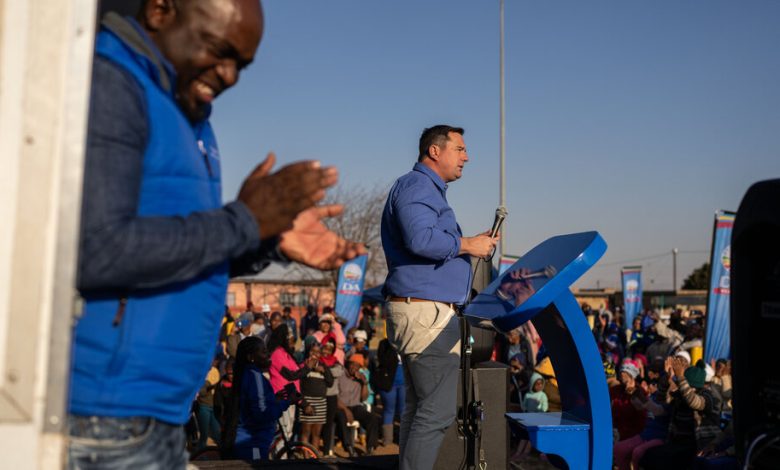White Politician Poised for Power Faces Hurdle in South Africa

Nine months ago, John Steenhuisen, who leads South Africa’s second-largest political party, the Democratic Alliance, stood before news cameras and signed an agreement not to work with the long-governing party, the African National Congress.
“So help me God,” Mr. Steenhuisen said, raising his right hand and chuckling.
But when the African National Congress failed to secure a governing majority in last week’s election and on Thursday invited its political opponents to join forces in a government of national unity, Mr. Steenhuisen moved to the front of the pack of political leaders looking to work with the party he had sworn off.
He and the Democratic Alliance are now plowing ahead with the most important political negotiations in South Africa since the end of apartheid in 1994 and have drafted a document laying out their core principles for joining a government with the African National Congress, or A.N.C.
The governing party’s slide — taking just 40 percent of the vote, ending three decades of dominance — has left Mr. Steenhuisen, 48, standing at the brink of his political dreams. As head of the party that took second place, with nearly 22 percent of the vote, Mr. Steenhuisen seems likely to get a leading role in the next government, political analysts say.
But even as he is rising, Mr. Steenhuisen must navigate the tricky third-rail of South African society: race.
Mr. Steenhuisen is white, and the national leadership of his party is predominantly white. In a country that is 80 percent Black, many still view him and his center-right party, which is favored by many in big business and the private sector, as champions of white interests. Political analysts attribute this in part to the unresolved trauma of apartheid but also to the Democratic Alliance’s sometimes flip and clumsy handling of racial issues.
